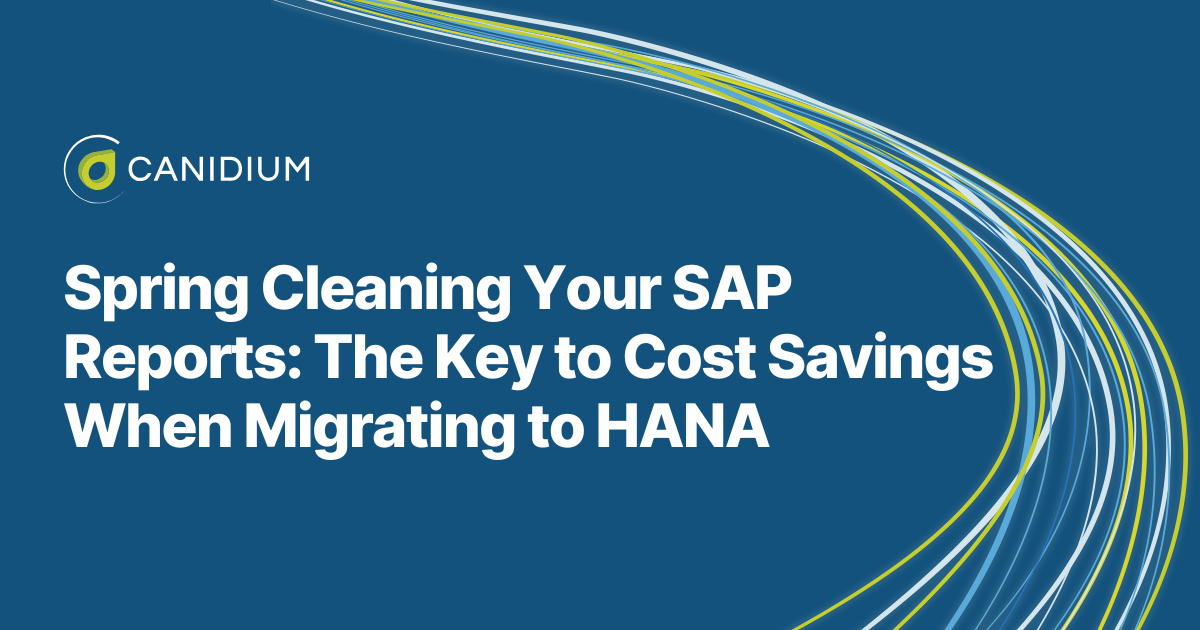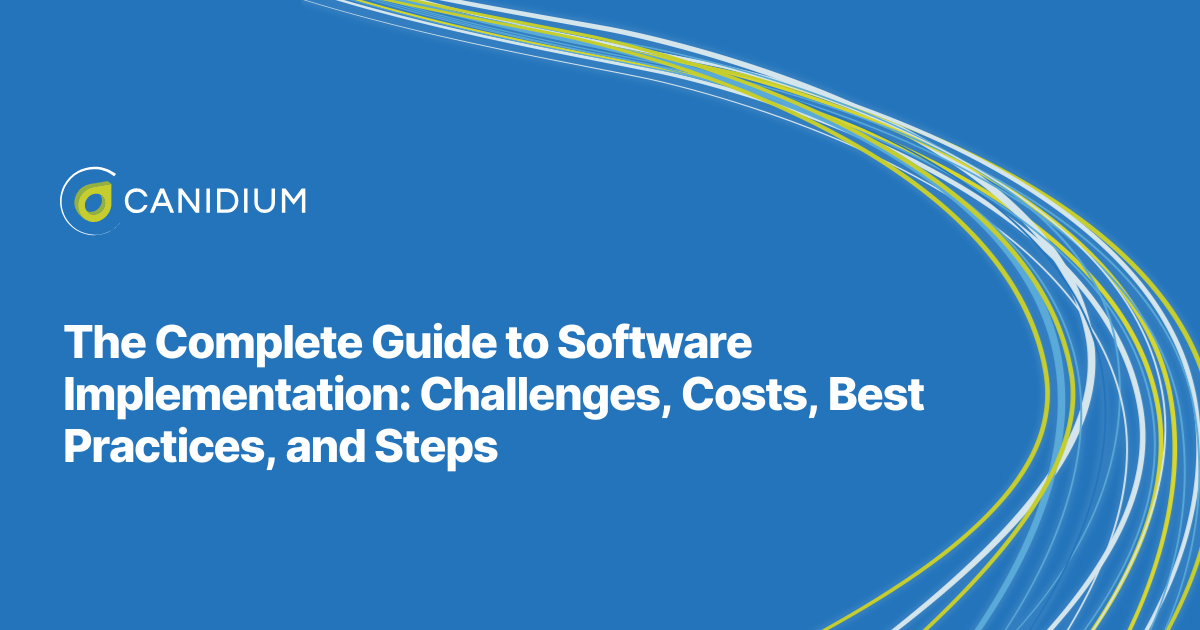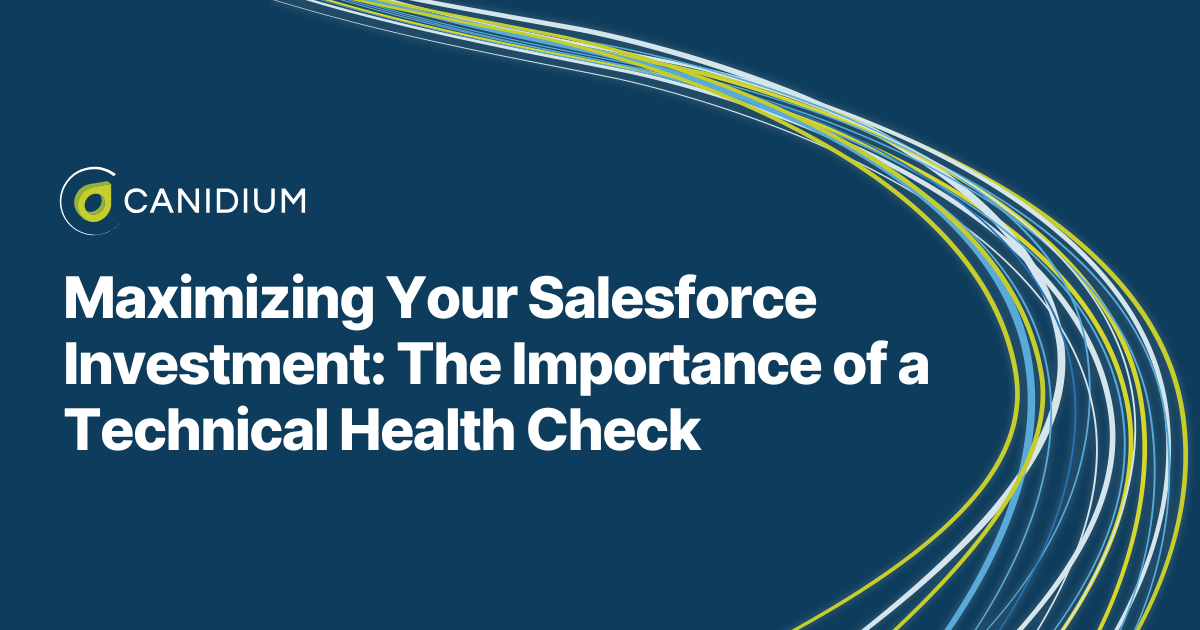Implementing pricing software is a major investment, so you likely have specific goals in mind for your project. To actualize your vision, you need to stay on top of the overall pricing goals. Whether your aim is improving efficiency, increasing pricing margins, or optimizing contract management, it's crucial to track progress and measure results effectively.
To properly prepare for your pricing project, you first need to understand the anatomy of an implementation. This article outlines a structured approach to measuring the success of a pricing initiative, from pre-project justification to ongoing analytics post-implementation.
Pre-Project: Establishing a Business Case
Every pricing initiative begins with a well-defined business case—an essential step that secures leadership buy-in and establishes success metrics. The justification for such projects typically falls into one or more of the following categories:
- Efficiency Gains: By automating routine pricing tasks, companies can reduce the time spent on manual processes, minimize errors, and improve overall workflow efficiency.
- Margin and Profit Improvements: Optimizing pricing strategies enables businesses to maximize revenue and profitability by ensuring better price governance and reducing margin leakage.
- Operational Enhancements: Improvements in contract management, quote turnaround times, and rebate tracking can streamline operations and increase customer satisfaction.
A strong business case should clearly outline three to five key objectives that define success. For instance, a company may set goals such as reducing quote turnaround time by 30%, increasing margin by 2%, or automating 80% of pricing approvals to free up resources for strategic decision-making. These objectives should be backed by realistic estimates and aligned with broader business goals to ensure accountability throughout the project lifecycle. Additionally, companies should assess the current state of their pricing processes, identifying pain points and opportunities for improvement before embarking on implementation. Conducting stakeholder interviews and gathering historical pricing data can help validate assumptions and build a compelling case for investment.
Project Execution: Staying Focused on Value
Once the pricing software implementation is underway, maintaining focus on the original objectives is critical to ensuring long-term success. While new insights and opportunities may emerge during the project, it is essential to avoid unnecessary scope expansion that could delay key milestones or dilute the project's impact. Scope creep is one of the most prominent and persistent challenges for project managers. This is no small issue; 50% of projects experience scope creep, with only 57% finishing within budget and 51% finishing on schedule. A structured approach to execution helps teams stay aligned with the business case while also preparing for future optimizations.
During implementation, companies should prioritize the work that delivers initial key performance indicators (KPIs) established in the business case. Monitoring goals such as margin improvement, quote turnaround time, and automation rates ensures that the project stays on track and doesn't get distracted by building features that don't align with the original goals. Leveraging built-in analytics tools early in the process allows teams to gain real-time visibility into revenue trends, pricing effectiveness, and potential areas of price leakage.
Another critical aspect of execution is planning for future phases. As teams work through implementation, they may identify additional opportunities for pricing enhancements, such as advanced discount optimization or refined customer segmentation strategies. Rather than incorporating these discoveries immediately—overcomplicating the initial rollout—organizations should document them for subsequent project phases. This phased approach ensures that businesses realize value quickly while maintaining flexibility for continuous improvement. For example, if a company identifies opportunities to fine-tune its tiered discounting structure, it can incorporate this enhancement in phase two rather than delaying phase one completion.
Post-Project: Measuring Impact with Analytics
Once the software is live, measuring its impact becomes essential to validate the success of the pricing initiative. Modern pricing software provides robust analytics tools that help businesses compare pre- and post-implementation performance, ensuring that the expected benefits materialize. Companies should leverage these tools to track key performance indicators (KPIs) and identify areas for continuous improvement.
One of the most valuable post-implementation analytics tools is the Price Waterfall Analysis, which helps businesses pinpoint sources of margin leakage and refine their pricing strategies. Additionally, other tools like the Revenue and Margin Breakdown enable companies to analyze how pricing adjustments, shifts in sales volume, or product mix variations impact overall profitability. Customer Profitability Insights provide visibility into high-performing and low-margin customers, allowing businesses to tailor their pricing strategies accordingly. Moreover, Product Performance Analysis highlights top and bottom-performing products, helping teams make data-driven pricing adjustments that align with demand and profitability goals.
Timeframe for Measuring Success
To establish a meaningful performance baseline, companies typically load two years of historical sales data before implementation. Post-launch, a quarter or annual comparison is often the most practical approach for tracking success, as it accounts for market fluctuations while still providing relevant insights. For example, if a company implements a pricing solution in Q1, they may compare their Q2 performance year-over-year rather than relying on outdated multi-year trends.
Enhancing Decision-Making with Alerts and Reporting
Beyond traditional reports, modern pricing software offers proactive tools that enhance decision-making in real time. Automated Alerts notify pricing teams of critical issues, such as low-margin products or underperforming customers, enabling quick corrective action. Additionally, Data Sharing Across Teams ensures that pricing intelligence reaches key stakeholders—whether through exported reports in Excel or PDF format or through automated system integrations that provide visibility to non-software users. To maintain alignment with business goals, organizations should also conduct Monthly KPI Reviews, which serve as structured opportunities to refine pricing strategies and optimize overall performance.
Leveraging A Continuous Cycle of Improvement
A successful pricing initiative doesn't end at implementation—it requires continuous monitoring and refinement. By setting clear pre-project goals, staying focused during implementation, and leveraging analytics post-project, companies can maximize the value of their pricing software investment.
Through structured measurement and ongoing optimization, businesses can ensure that their pricing strategies drive sustained profitability and efficiency.
The Step-By-Step Guide to Successfully Implementing Pricing Software Series
This article is the seventh installment of our ongoing pricing project series.
These articles are designed to meticulously unfold the complexities of pricing software implementations. Our approach provides a clear roadmap from the project's outset, introducing each crucial phase in detail and making it easier to absorb and apply the information effectively.
- Part 1: How to Make Your Pricing Software Project Successful
- Part 2: How to Set Successful Pricing Software Goals
- Part 3: Identifying Your Product Pricing Strategy: 4 Examples
- Part 4: Why You Need to Involve Executive Stakeholders in Software Implementations
- Part 5: When to Use Agile Vs. Waterfall Workflows: A Point-By-Point Comparison
- Part 6: Getting Your Data Ready for a Pricing Project: How to Conduct a Data Cleaning
Over the course of this series, we will cover the following topics:
.png?width=1920&height=1080&name=Pricing%20Software%20Implementation%20Project%20Success%20Factors%20(7).png)







